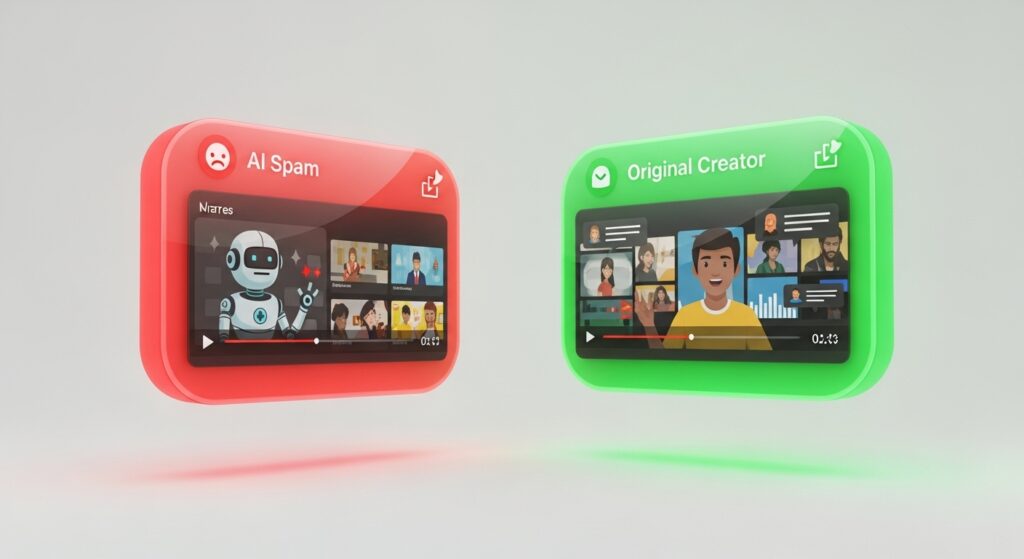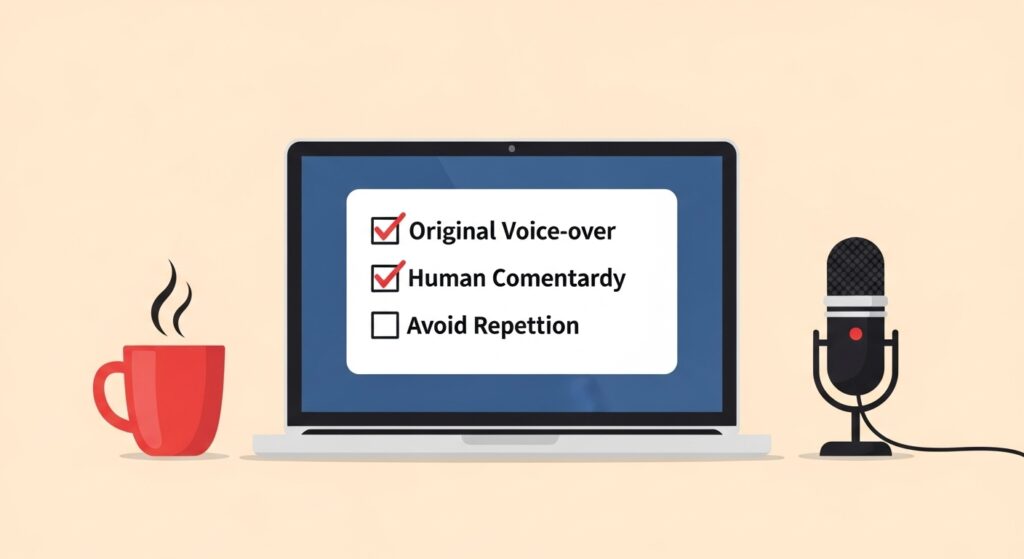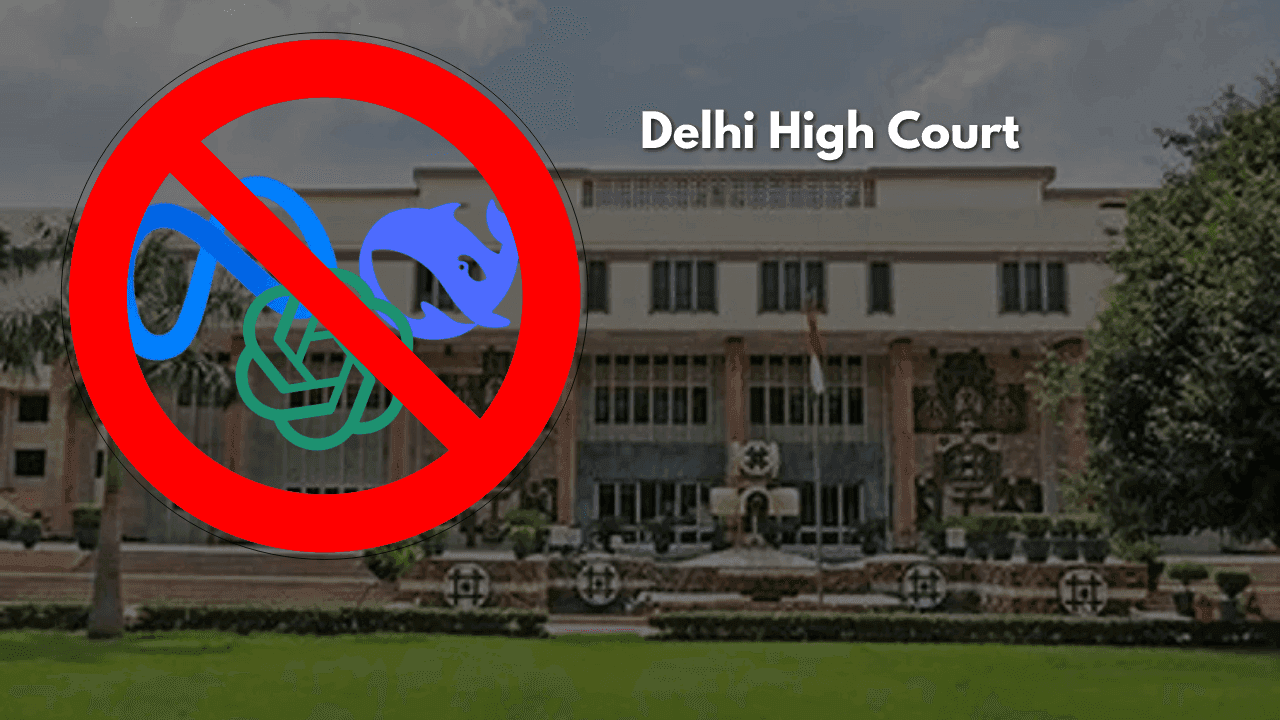On July 15, 2025, YouTube is rolling out a pivotal update to its YouTube Partner Program (YPP) monetization policies. While some creators fear a wholesale ban on AI-assisted videos, YouTube assures this is a clarification of existing rules, aimed at weeding out “mass‑produced”, “repetitive,” and “inauthentic” uploads that offer little human creativity or value.
The Core Change: What YouTube is Actually Saying
YouTube has always required content to be original and authentic. The July 15 update will offer clearer guidance on identifying content that is mass-produced or repetitive, particularly in response to AI-generated spam.
According to Rene Ritchie, YouTube’s editorial head, the changes are minor policy refinements, not sweeping new bans.
The policy remains focused on low-effort, copy-paste AI content, such as stolen clips with synthetic narration. These types of videos have long been ineligible for monetization.
AI-Generated Content

YouTube allows AI-enhanced content with original human contributions like editing, voice-overs, or backgrounds, provided it remains authentic. The policy targets faceless AI spam farms producing generic, unoriginal videos at scale.
Targeted Scenarios: What YouTube Wants to Stop
YouTube identifies clip compilations without commentary, AI voiceovers lacking unique perspectives, template-based Shorts with repeated visuals, and reaction clips without visible commentary as misuse-prone. These may lead to demonetization, YPP removal, or harsher penalties.
You May Like: Why Am I Getting Ads on Spotify Premium?
Real-World Context: Why Now?
The proliferation of unoriginal AI content, ranging from fake movie trailers to cartoon gore, has alarmed viewers and advertisers alike, according to Cinco Días. Advertisers are pressing for cleaner, higher-quality environments for brands. YouTube CEO and editorial staff cite rising brand safety concerns from AI-generated “slop” flooding the platform.
Who’s Affected—And Who’s Safe
At risk:
- Content farms generating dozens of templated Shorts per day
- Channels reusing third-party clips with zero added value
- AI voiceover channels offering no human insight
Likely unaffected:
- Creators producing original content with clear human engagement
- Series with distinct narrative and editorialized context
- Videos that humans actively shape, script, face, voice, and edit, including AI in supportive roles
Community reactions, especially on Reddit, reinforce that YouTube is not punishing faceless channels by default:
They said they’re only making a minor update to better detect already banned content (repetitive and mass produced content)… YouTube just making the reused policy a bit clearer
Strategies to Avoid Demonetization

Avoid demonetization by adding clear human input like voice-overs, facecams, and on-screen analysis. Transform reused content with commentary, tutorials, or story arcs. Use AI for support tasks, not as a replacement, and maintain human oversight. Disclose AI-generated elements for transparency. Audit and improve low-effort videos before July 15.
Case Studies
A study by The Verge and TechCrunch found AI channels using stolen footage or fake narrations faced strict penalties. Channels posting fake AI trailers, like Screen Culture and KH Studio, were demonetized or removed. AI-generated gore in children’s content triggered instant moderation.
YouTube promotes AI-driven creativity with tools like Auto Dubbing and Dream Screen but requires responsible use. The platform protects creators from impersonation and spam while rewarding original, AI-assisted content.
YouTube’s July 15 update clarifies monetization rules for AI content, targeting spam while supporting authentic, creative work that preserves viewer and advertiser trust.



















